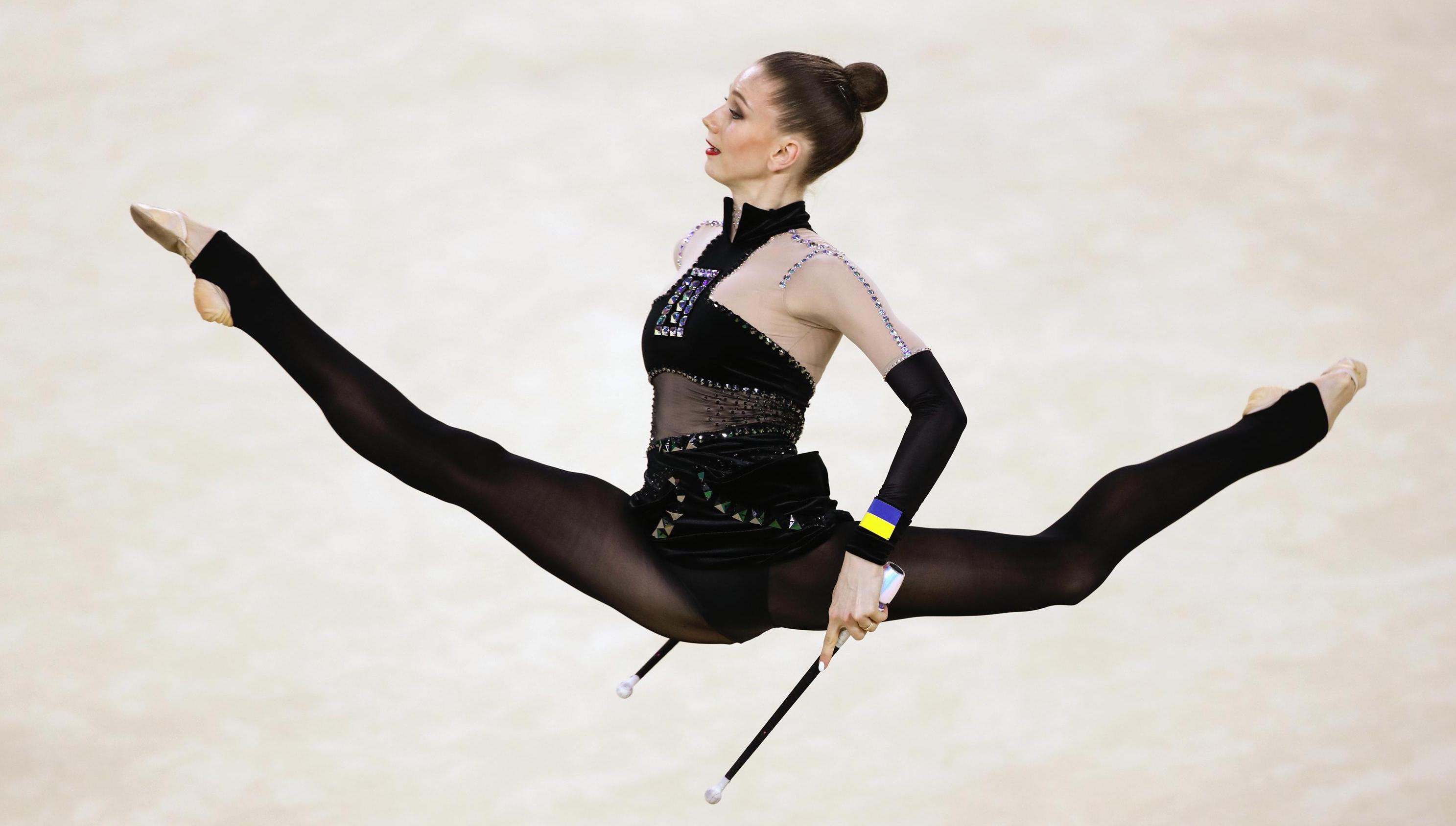First aid for acute injuries in rhythmic gymnastic
Rhythmic gymnastics is a sport where acute injuries are rare (compared to the risk for overuse injuries). However, be prepared for acute injuries, as for instance ankle and knee sprains, when you do your dry-land training.

The recommended treatment for most acute injuries is referred to as the PRICE principle. This is an acronym for protection, rest, ice, compression, and elevation.
The goal of this treatment is to:
- Reduce pain and swelling
- Lay the foundation for a good rehabilitation
We recommend continuing the treatment for at least 48 hours after the time of the injury. However, some of the elements are more applicable than others.
Basic principles
PRICE is comprised of basic principles in the treatment of acute injuries, but should always be tailored to the injury type and site. Always use common sense. If a serious injury is suspected, contact emergency services.
Protection
In this context, it means to remove the athlete from play to protect against further injury. This is especially important in the first 48 hours after the injury occurred.
Rest
The athlete should not continue with any activity following the injury. A general recommendation is that the knee should be offloaded during the first 24 hours.
Ice
The aim of applying ice is to relieve pain. 20 minutes with an ice pack every other hour for a day or two has a good effect.
Even though there are many commercial ice products available, the best solution is often a plastic bag filled with crushed ice and some water. Place a damp towel between the ice pack and skin.
Compression
The most important aspect of first aid treatment for acute knee injuries is compression. This can reduce swelling. Use an elastic bandage and start wrapping it around the knee. Start from below the knee and finish slightly above it. The bandage should be as tight as possible, without stopping blood flow past the injury site. Signs that the bandage is too tight can include numbness, tingling and increased pain.
Elevation
Swelling in the knee can often be limited by keeping the knee elevated. Let the foot rest above hip level on a chair or cushion. This is particularly important in the first few hours, but it is best to continue to keep it elevated as much as possible for the first 24 hours. Remember that compression should be maintained around the clock to keep internal bleeding (swelling) to a minimum.